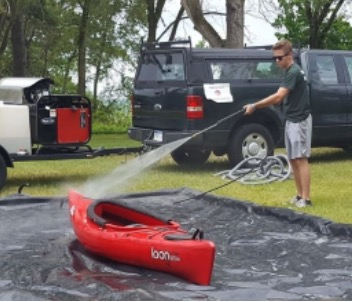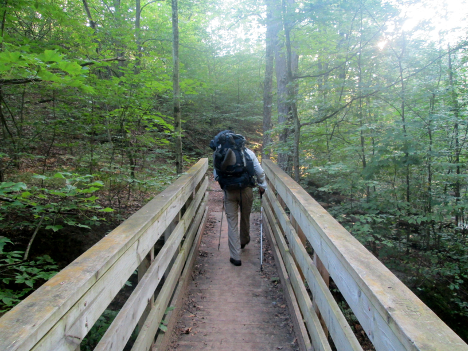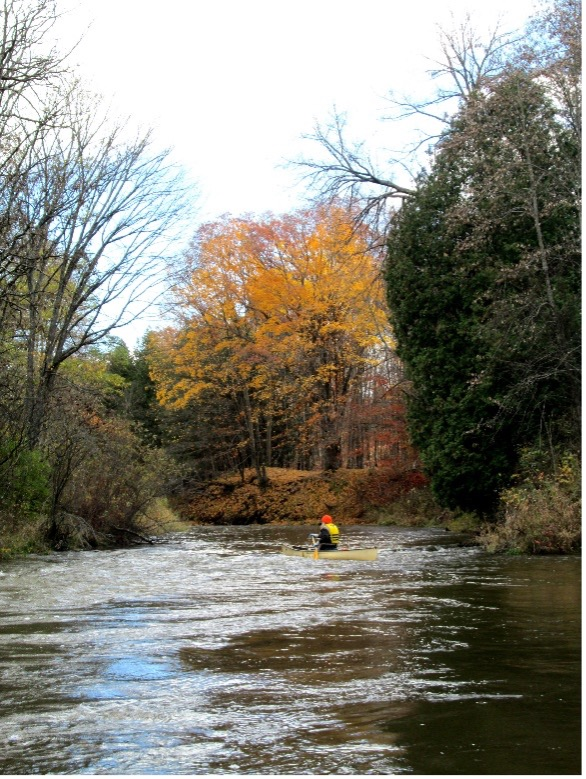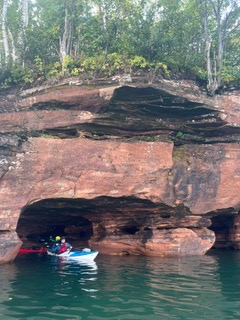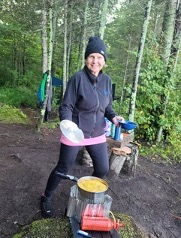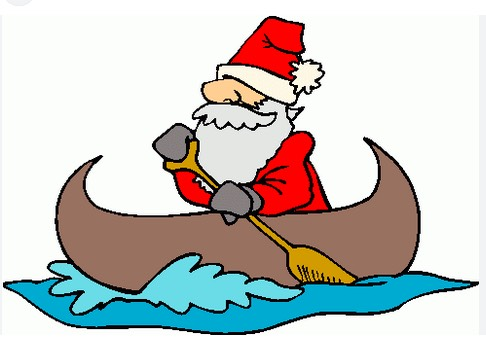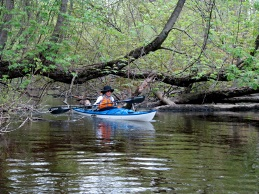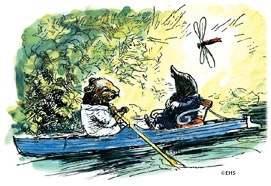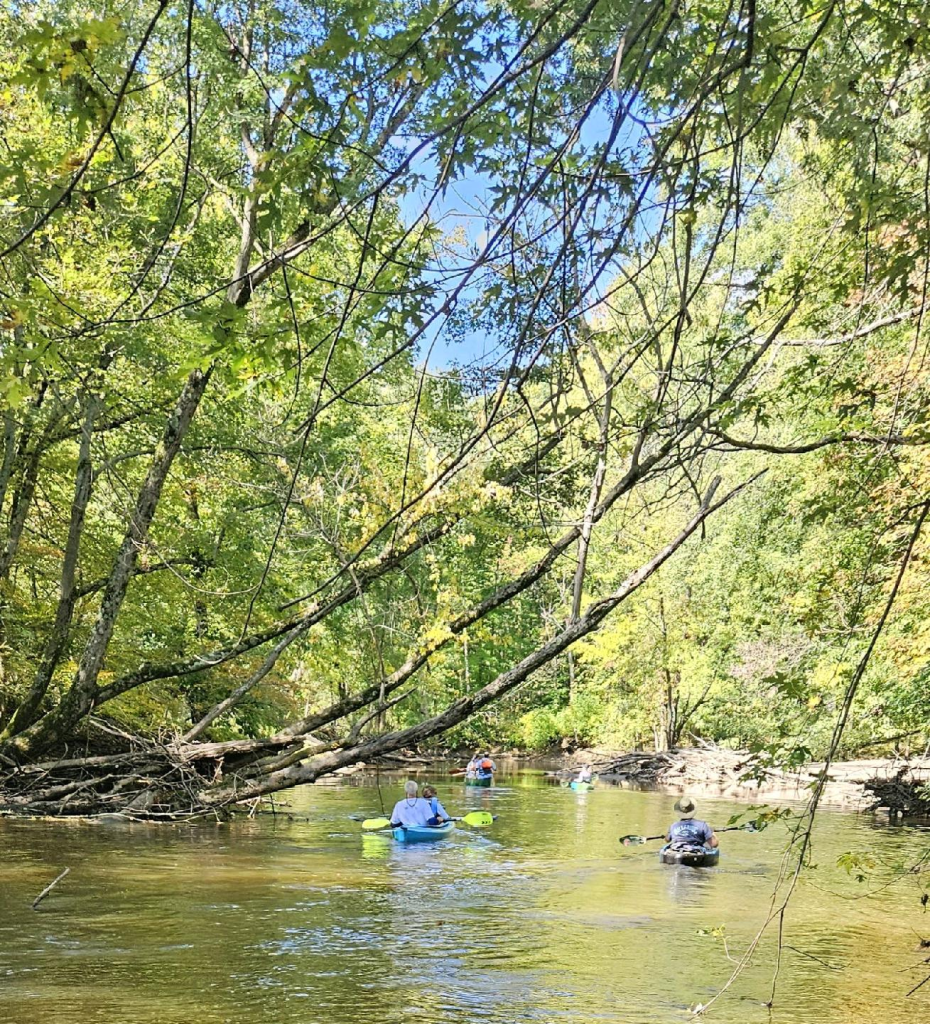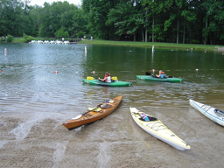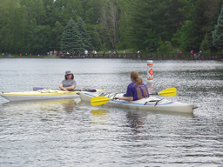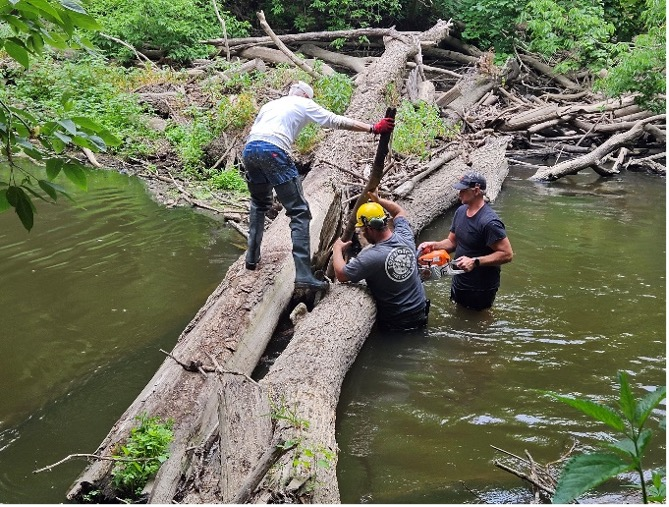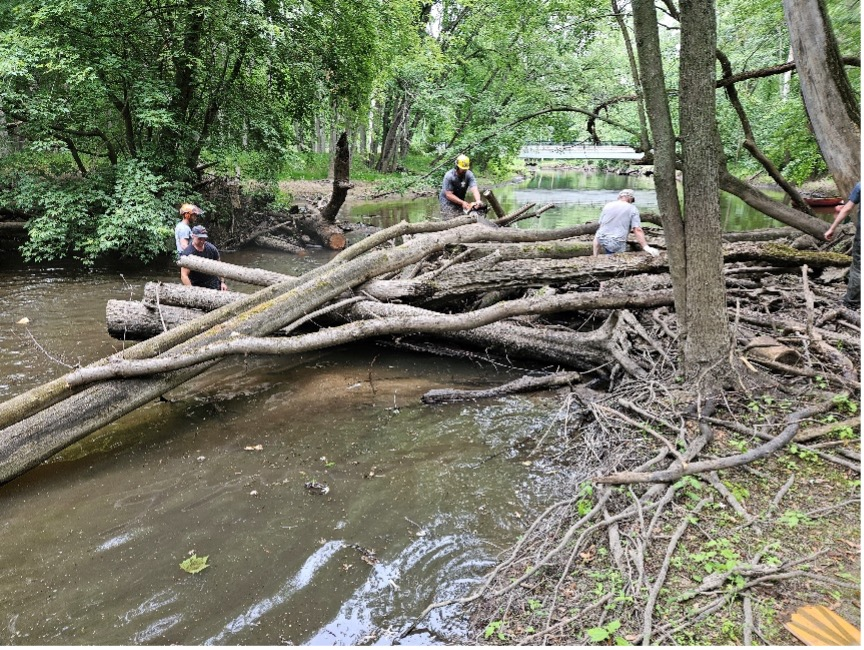* Wearing a properly fastened life jacket is mandatory while on the water during all Club activities.
* A liability waiver must be signed and on file annually.
* Bring the boat or equipment needed for the activity.
All trips will have coordination information posted on the Club Meetup page (registration required) prior to the activity with contact info. Note that a few trips require more advance commitment due to ferry or lodging reservations needed. Participants are responsible for having appropriate equipment and ability. Non-members must sign a Club waiver prior to participation.
Sign up for trips at: http://www.meetup.com/Lansing-Oar-and-Paddle-Club/
General information and schedules: http://loapc.org/
LOAPC blog: https://loapc.wordpress.com/
*Wearing a properly fastened Life Jacket is mandatory while on the water during all Club activities.
Jay Hanks (JH) – Recreation
Loretta Crum (LC) – Recreation
Tony Kuhlman (TK) – Recreation
Rich Bailey (RB) – Recreation, Open Water
Steve Lidia (SL) – Open Water
Linda Savage (LS) – Open Water
George Stockman (GS) – White Water
Todd Leigh (TL) – White Water
March 16-17 Paddle the Au Sable River
19 Club Meeting—”Kayaking” with Rich Bailey at Jimmy’s Pub, East Lansing
20 Exploration at Rose Lake for the Spring Equinox— Portage and Paddle
April 6 Whitewater Practice on the Huron River
13 Paddle at Six Lakes—First Lake to Sixth Lake, out and back
16 Club Meeting—“Hiking in Glacier National Park” with Jeff Kacos at Jimmy’s Pub, East
Lansing
21 Paddle Lake Ovid at Sleepy Hollow State Park
27 Paddle up to 50 miles on the Grand River—Hugh Heward Challenge – MGROW**
May 7 Paddle the Portage and Grand Rivers—Levine Rail Trail Access
11 Paddle the Grand River—Oak Grove Boat Launch to Trestle Bridge
18 Paddle the Shiawassee Flats—St. Charles
21 Whitewater Practice on the Grand River—Webber Dam to Lyons
21 Club Meeting at Jimmy’s Pub, East Lansing
25 12th Annual Memorial Day Paddle and Picnic—Lake Ovid
31-2 Paddle at Lake Dubonnet—Traverse City
June Wkly Monday Night Paddling on Lake Lansing
4 Paddle the Grand River—Trestle Bridge to Onondaga
8 Bike riding in the Lansing Area
15 Paddle the Shiawassee River—Henderson Park to Ditch Road
18 Club Meeting and Kayak Instruction—Grand Ledge Jaycee Park
25 Paddle the Grand River—Onondaga to Eaton Rapids
July Wkly Monday Night Paddling on Lake Lansing
9 Paddle the Grand River—Eaton Rapids to McNamara Landing
23 Paddle the Grand River—McNamara Landing to Dimondale
27 Paddle the Flat River—Fallasburg Covered Bridge
August Wkly Monday Night Paddling on Lake Lansing
6 Paddle the Grand River—Dimondale to Grand River Park
20 Paddle the Grand River—Grand River to Old Town
31 12th Annual Club Paddle and Picnic, Grand River—Old Town to Delta Mills
Sept 10 Paddle the Grand River—Delta Mills Park to Grand Ledge
28 Paddle the Red Cedar River—Williamston to Harris Nature Center
Oct 15 Club Meeting—Annual Business Meeting and Elections at Jimmy’s Pub, East Lansing
24-27 Paddle the Pine and Little Manistee Rivers
Nov 19 Club Meeting at Jimmy’s Pub, East Lansing
29 34th Annual Turkey Paddle on the Huron River
Dec 17 Club Christmas Party at Jimmy’s Pub, East Lansing
21 31st Annual Solstice Paddle on the Grand and Red Cedar Rivers




